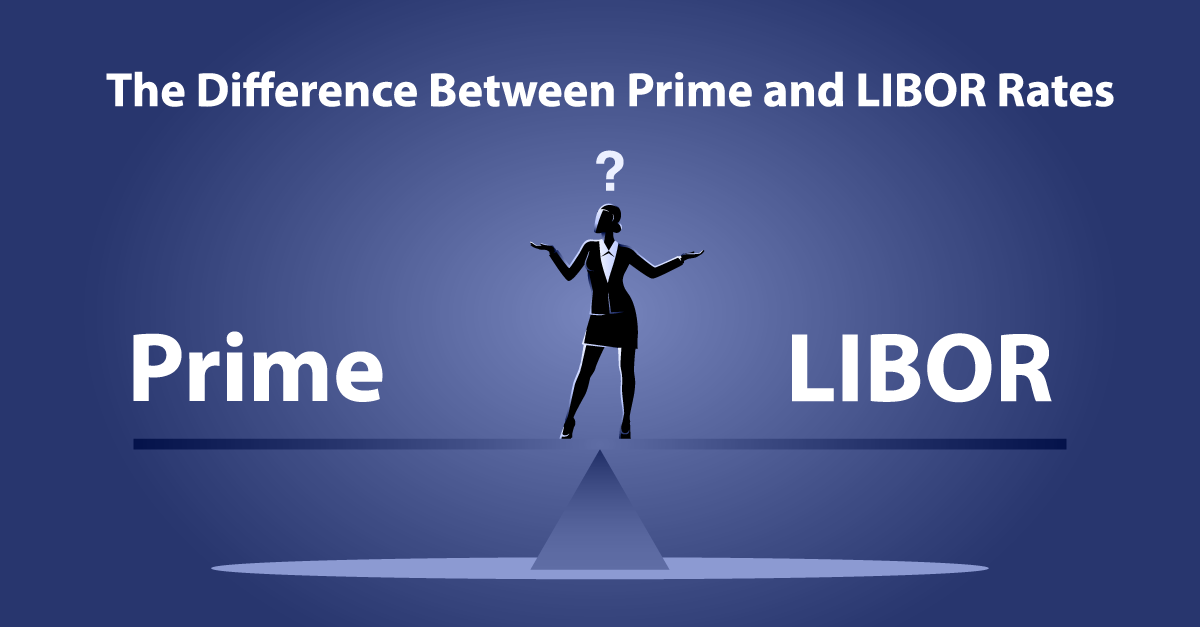2023 Update: Per the SEC, The publication for one-week and two-month U.S.-dollar LIBOR ceased at the end of 2021. The remaining tenors of U.S.-dollar LIBOR are scheduled to cease publication after June 30, 2023.
Many business owners may not be aware of interest rate options for business financing. Banks typically offer interest rate options in debt agreements over a certain borrowing level, which include a Prime and LIBOR option. Loans under a certain size, usually under $3-5,000,000, do not contain a LIBOR interest rate option. In debt agreements with a LIBOR and Prime interest rate option, Prime will be the default interest, and LIBOR will be the alternative interest rate option requiring an election to use.
What is LIBOR, and how does it differ from Prime?
First, Prime interest rates are set by each bank, are tied to the U.S. Federal Funds Rate, and remain fixed until the Federal Open Market Committee meets and changes the Federal Funds Rate. Prime is variable, but may remain fixed for a long period of time.
LIBOR is the London InterBank Offered Rate, representing the basic rate of interest used in the lending between banks on the London interbank market, and the rates are actively traded on the open market. LIBOR is a short-term variable interest rate and the spread between LIBOR and Prime vary daily, weekly, and monthly since LIBOR is traded daily and reacts to current market events.
Benefits of Prime over LIBOR
Prime interest will be the default rate in the loan agreement, and it does not require any effort for the business to manage. Additionally, the rate will not fluctuate and remained fixed until the Federal Open Market Committee decides to change the Federal Funds Rate.
Benefits of LIBOR over Prime
Businesses have the ability to lock or set the LIBOR interest rate for a specific time period, usually for 30, 60, 90, or 180 days. Therefore, the LIBOR option allows business to actively manage its interest rate expense at little or no cost. The biggest benefit of LIBOR is this rate option has historically and will usually be lower than the Prime rate option.
Making Informed Decisions About Interest Rates
LIBOR is a nice option to have in a loan agreement, and with a little time and resources, this option will allow businesses to elect a lower interest rate versus their Prime rate for a period of time, thereby saving money over the life of the loan.
Understanding the dynamics of Prime and LIBOR interest rates can significantly impact your business's financial strategy. While Prime rates offer stability, LIBOR allows active management and potential savings due to typically lower rates. However, the intricacies of these options necessitate a sound understanding and careful consideration.
Is your business prepared to make informed decisions about interest rate options? Are you aware of how a strategic approach to capital structure could enhance your financial situation? Our Fractional CFOs are ready to help. We can provide the guidance and expertise necessary to navigate the complexities of business financing. Schedule a complimentary consultation with us today and learn how we can empower your business to make financially strategic decisions.






